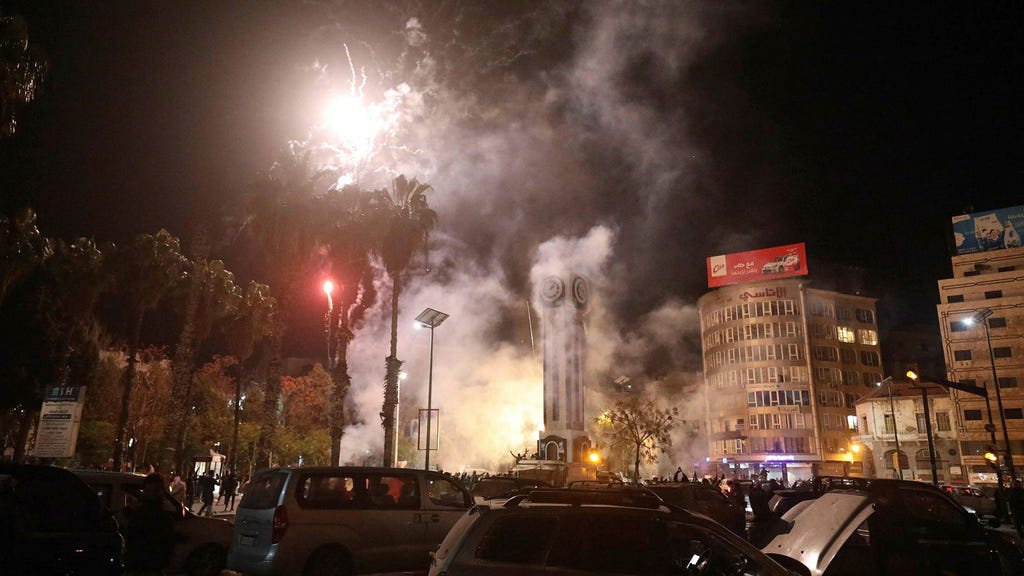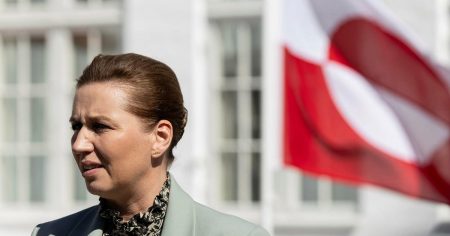The Swift Ascent of HTS and the Fall of Assad’s Regime
The Syrian landscape has been drastically redrawn in a matter of days by the startling offensive launched by Hayat Tahrir al-Sham (HTS), an extremist group designated as a terrorist organization by the US and EU. This offensive, which commenced last week, swiftly overwhelmed Aleppo, one of Syria’s largest cities, followed by a cascade of other major urban centers. The momentum continued through the weekend, culminating in the capture of Homs on Saturday evening after government forces abandoned the city. By Sunday morning, HTS declared the reign of President Bashar al-Assad over, proclaiming Damascus free from his rule. This swift and decisive series of victories underscores HTS’s recent emergence as the dominant force challenging the Assad regime.
HTS’s rise to prominence has been particularly noticeable in Idlib, located in northwestern Syria, where it has operated as the primary military actor, engaging in conflicts with both rival armed groups and Syrian regime forces. Beyond its military strength, HTS has also established a complex administrative and political branch responsible for governing the territories under its control. This administrative structure oversees a range of functions, including social welfare programs, education, healthcare, and infrastructure development. However, underpinning this entire system is a strict interpretation of Sharia law, enforced through religious courts, which ultimately dictates the power dynamics within HTS-controlled areas. The ultimate objective of HTS, mirroring similar groups, is the establishment of an Islamic state grounded in Sharia law.
The origins of HTS can be traced back to the Nusra Front, al-Qaeda’s Syrian branch, formed in 2011 under the leadership of Abu Mohammed al-Jawlani. Al-Jawlani’s leadership proved instrumental in rapidly building a powerful organization, attracting followers, orchestrating attacks, and securing financial resources through donations, taxation, and the seizure of assets within conquered territories. In a strategic move in 2016, al-Jawlani officially announced a break with al-Qaeda, although suspicions remain regarding continued communication between the two entities. This separation marked a turning point for the group, leading to a restructuring and absorption of various jihadist factions. This transformation aimed to project a more pragmatic image, distancing the organization from global jihadism and its al-Qaeda connections, albeit while retaining its extremist core.
The culmination of this restructuring was the dissolution of the Nusra Front and the subsequent formation of HTS in 2017. This shift also signaled an evolution in the group’s objectives. Al-Jawlani has seemingly moderated the strict jihadist ideology, attempting to broaden the group’s appeal. This includes a deliberate avoidance of overt jihadist terminology and Islamic references in official statements. While HTS maintains its claim of complete independence from al-Qaeda and other external influences, the US government contends that some communication persists. This assertion underscores the complex and often opaque nature of these relationships, contributing to the ongoing international concern surrounding HTS. The organization remains designated as a terrorist entity by numerous countries, including the US, as well as by the EU and UN.
The rapid unraveling of the Assad regime signifies a dramatic shift in the Syrian conflict. The longstanding rule of the al-Assad family, initially Hafez al-Assad and subsequently his son Bashar al-Assad since 2000, marked a period of often turbulent and brutal political realities. Syria, despite being a relatively young state, boasts ancient cities like Damascus and Aleppo, testament to millennia of human habitation. The country’s modern history has been shaped by its time as part of the Ottoman Empire, followed by French rule after World War I, and finally achieving independence after World War II. The subsequent decades were marked by conflict with Israel, a brief union with Egypt and the Gaza Strip as the United Arab Republic, and a series of coups in the 1960s that eventually brought the al-Assad family to power.
Bashar al-Assad’s presidency, particularly since the outbreak of the Syrian Civil War following the "Arab Spring" uprisings in the early 2010s, has been characterized by significant Russian support. This support has been instrumental in his ability to cling to power despite the devastating and protracted conflict. However, the recent advances of HTS represent a significant challenge to his authority and could potentially reshape the future of Syria. The international community faces the complex task of navigating this evolving situation, grappling with the implications of a potential HTS-led Syria and the resulting regional instability. The rise of HTS presents a new set of challenges and uncertainties, raising critical questions about the future trajectory of the Syrian conflict and the broader implications for regional security.














